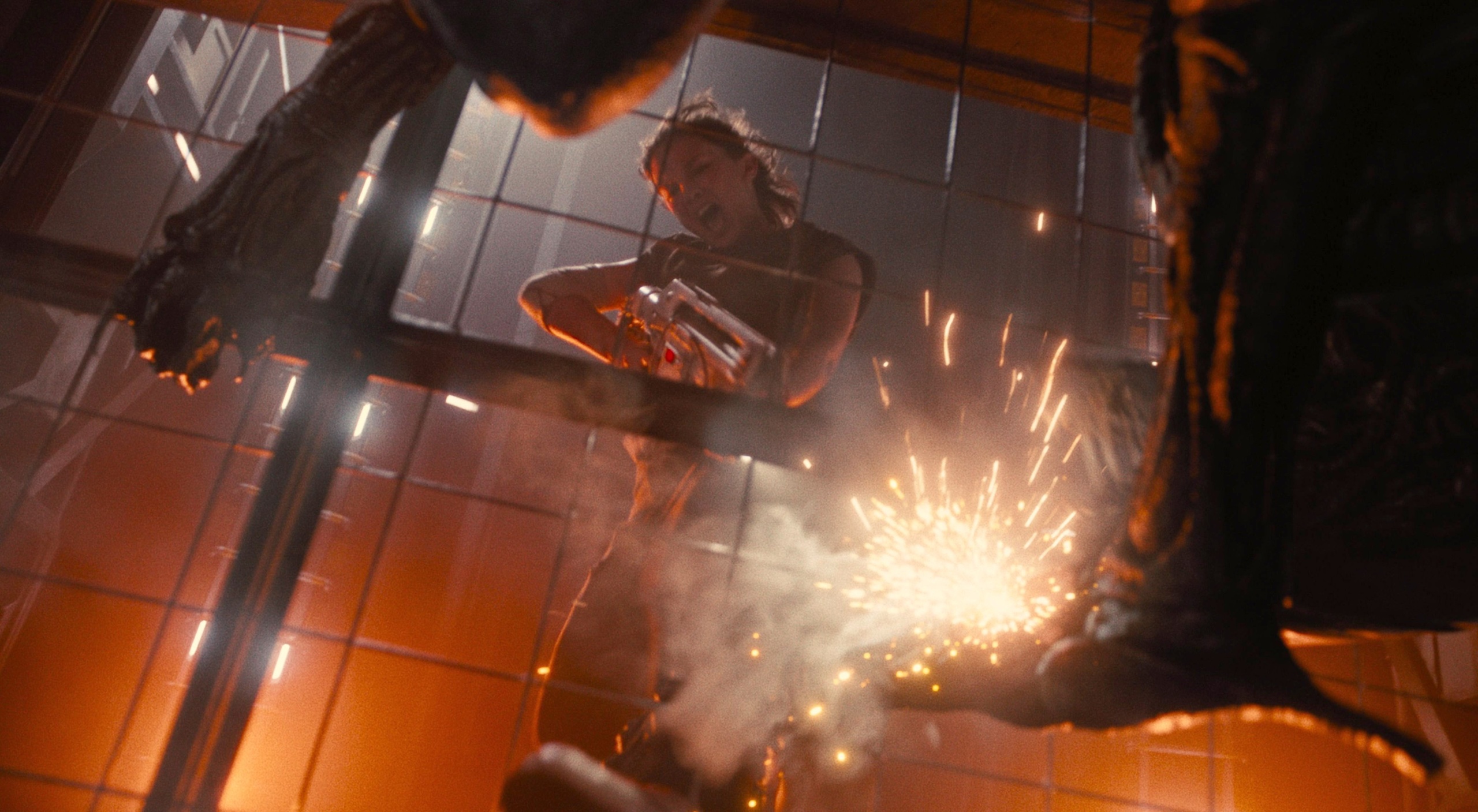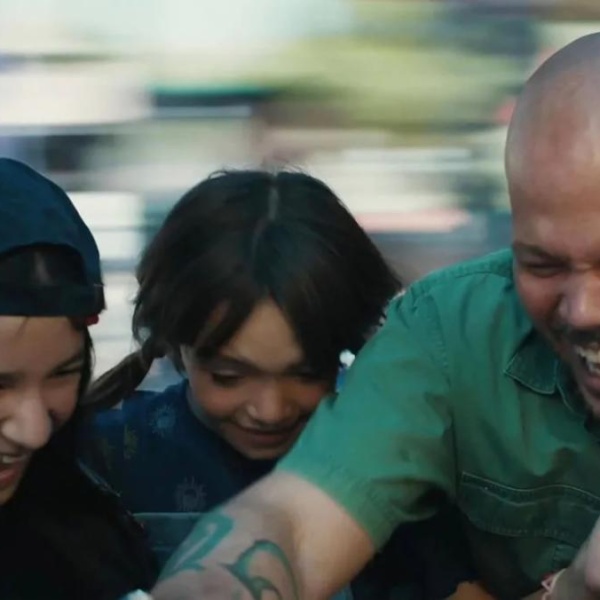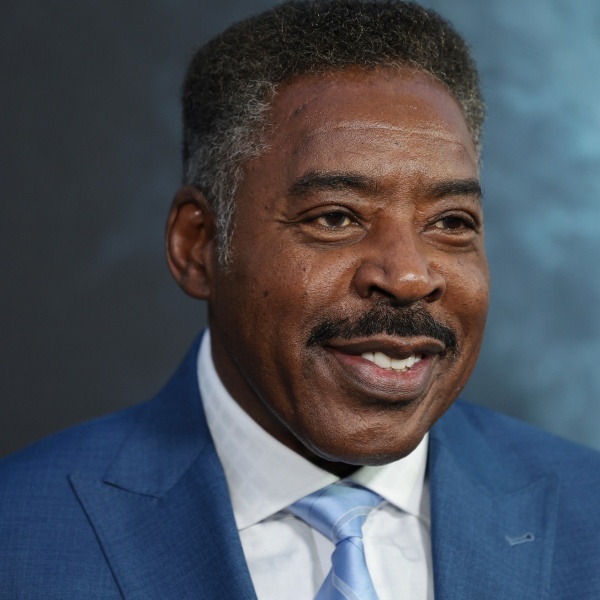When Fede Álvarez set out to direct “Alien: Romulus” from the script he wrote with longtime collaborator Rodo Sayagues, he solicited advice not only from the man who invented the “Alien” franchise back in 1979, but a director who was in the same position as Álvarez almost 40 years ago. “I had conversations with both Ridley Scott and James Cameron,” Álvarez told IndieWire, “and a lot of Cameron’s input was him telling me the story of his experience making ‘Aliens.’” Like Álvarez, Cameron was in the position of creating a sequel to a film that was already considered a classic. “His attitude was, ‘I’ll do it even better, I’ll show them how this is done.’ Which is very Cameron, but it’s also the spirit you need to have.”
Cameron told Álvarez that an “Alien” movie “is not something you can direct from your chair,” Álvarez said, noting that the hands-on approach Cameron prescribed was perfectly compatible with his preexisting way of working. “The blessing and they curse of the way I work is that I made this movie with the same independent approach that I made ‘Don’t Breathe,’ where everything goes through me. Andy Muschietti says it’s not micromanaging, it’s microdelegating.”
Álvarez’s attention to detail is evident right from the opening shots of “Romulus,” as the camera establishes outer space with shots that feel as handmade and personal as any of the behavioral scenes that emerge later in the film. “Every time you have a space shot, obviously you’re in the hands of WETA or ILM or one of the other great companies that work with us,” Álvarez said. “The normal process is they do a previz and start giving you shots, and they show you a version of a ship flying by. But for me, anything that has a CG element to it, and particularly the full CG space shots, they start on my computer. I have the assets, and I create the shot myself.”
Creating his own rough draft of the animation allows Álvarez to maintain a consistency that’s often lacking in enormous effects-driven movies. “It helps make sure that I’m shooting the same way that I would have shot it if I was on the ground,” he said. “When I’m making the movie, I’m operating a lot of the time and setting up all the shots myself. So when we cut to a CG environment, I don’t want it to suddenly look different because it’s a completely different unit creating that. I make the shot myself, create the animation myself, and then I give it to the visual effects company.”
Álvarez says this method is great not only for him but saves time for the visual effects artists. “They have exactly what the director wants and can just go at it right away instead of going through the very long process it usually takes to nail the shot.” Álvarez’s hands-on approach extended to the practical effects as well. “I’m good with the controls, and I can be under the table puppeteering with the team. I love to learn, I love to be with them, and I think it helps tell the story I want to tell.”

Another way Álvarez maintained control over the storytelling was to shoot the entire film in continuity, scheduling the scenes in the order they were written. “We were on the stage, so it was doable,” Álvarez said, noting that shooting in chronological order allowed the actors to develop their characters more organically. “You can see the transformation in real time, because the actor does go through a whole process as they start to understand their character.”
For Álvarez, shooting in continuity gave the film an almost documentary quality when it came to capturing the performances. “It just brings a sense of realism to everything — toward the end, they look exhausted because they are exhausted. You can see it in their face. They don’t look the same at the beginning as they do at the end because people change, they gain weight and they lose weight. You see the changes on their faces as they go through the 80 days of shooting. It’s a long process, and I think that translates into the movie.”
It was an even longer process for Álvarez by the time he got through the film’s post-production process, during which he once again sought advice from Cameron. “He watched an early cut and gave me some notes,” Álvarez said. “A lot of it was about geography and understanding the technology.” Although Álvarez said he got great notes from Cameron and had instructive conversations with Ridley Scott, he also tried to be aware of when not to follow in their footsteps.
“You have these conversations with guys like Cameron and Ridley, and you’re turning all of your attention up to the max to really absorb the wisdom,” Álvarez said. “But they’re from different generations, and there are some things they say that on some level I’m completely against. And you think, ‘this is James Cameron, this is Ridley Scott, who am I to say it’s not the right way?’ But that’s a rebellion that you need to have, just like Cameron said when he made ‘Aliens.’ You need to have that sort of attitude.”
In the end, Álvarez sees “Alien: Romulus” as both a tribute to and departure from Scott and Cameron’s films. “At the end of the day, I hope it is some sort of rebel child of those first two movies,” he said. “Like, you kind of look like your parents, but you don’t want to look like your parents. You want to be your own man. That’s kind of what the spirit of the movie is.”





